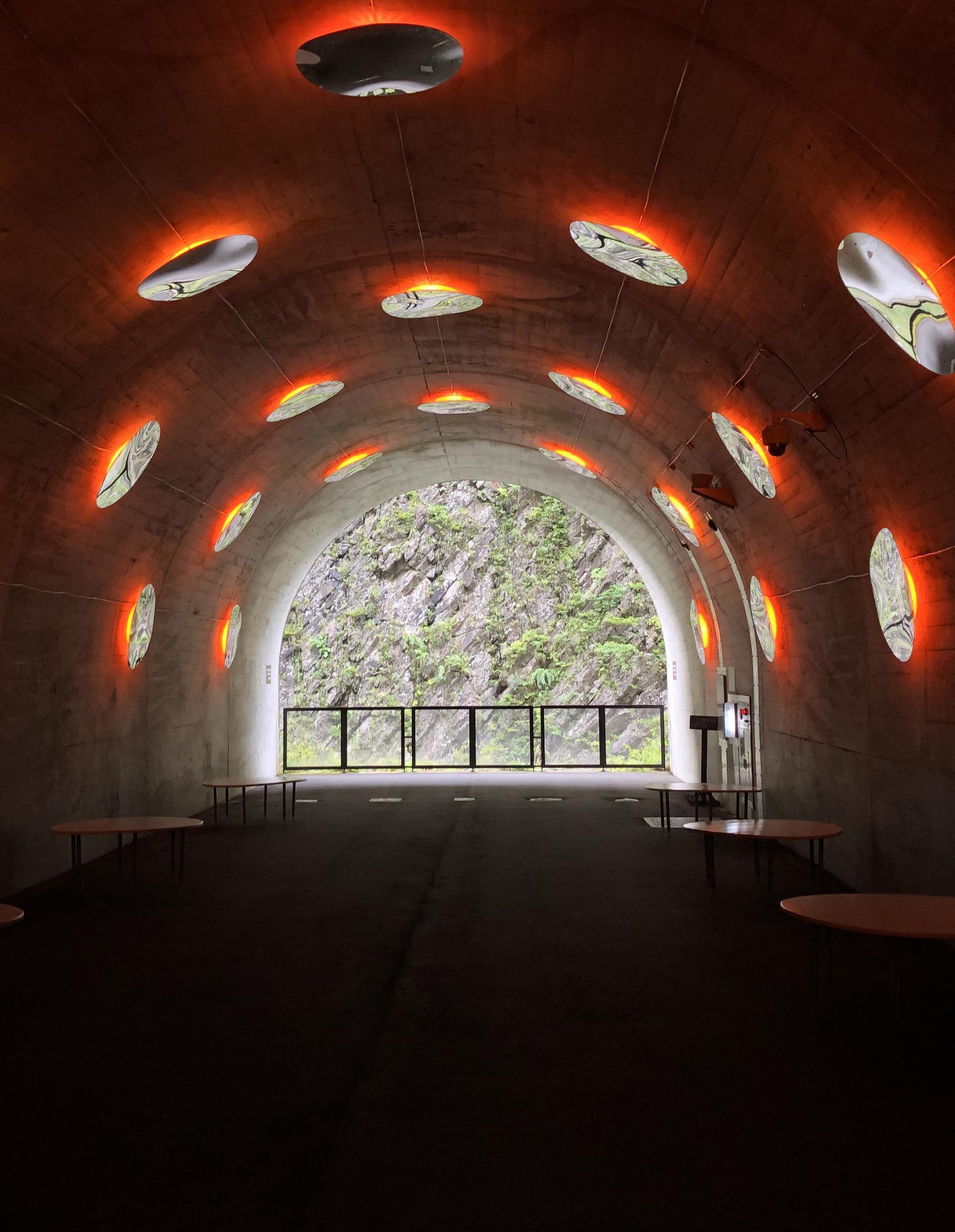
3 minute read
Field of dreams
Tunnel of Light
In 2018, celebrated design firm MAD Architects transformed this tunnel into an experience drawing from the ‘five elements’ of the natural world: wood, earth, metal, fire and water. Visitors walk through tunnel sections bathed in different coloured lights and accompanied by subtle music. At spots along the way, art installations pop up near windows that open out to views of Kiyotsu Gorge and the surrounding landscape. The Tunnel of Light encourages people to re-think the relationship between humans and nature, while also reconnecting them with the beauty of the world around them.
Advertisement
Reverse City
This is a work that tends toward the absurd, inspiring awe and unease at the same time. It features rows of gigantic coloured pencils hanging from thick beams, each writing tool marked with the name of a country. This city of pencils hovers at about two metres over the ground, detached from nature. The points of the pencils face towards the ground, dangling above the viewer. Look up if you dare!
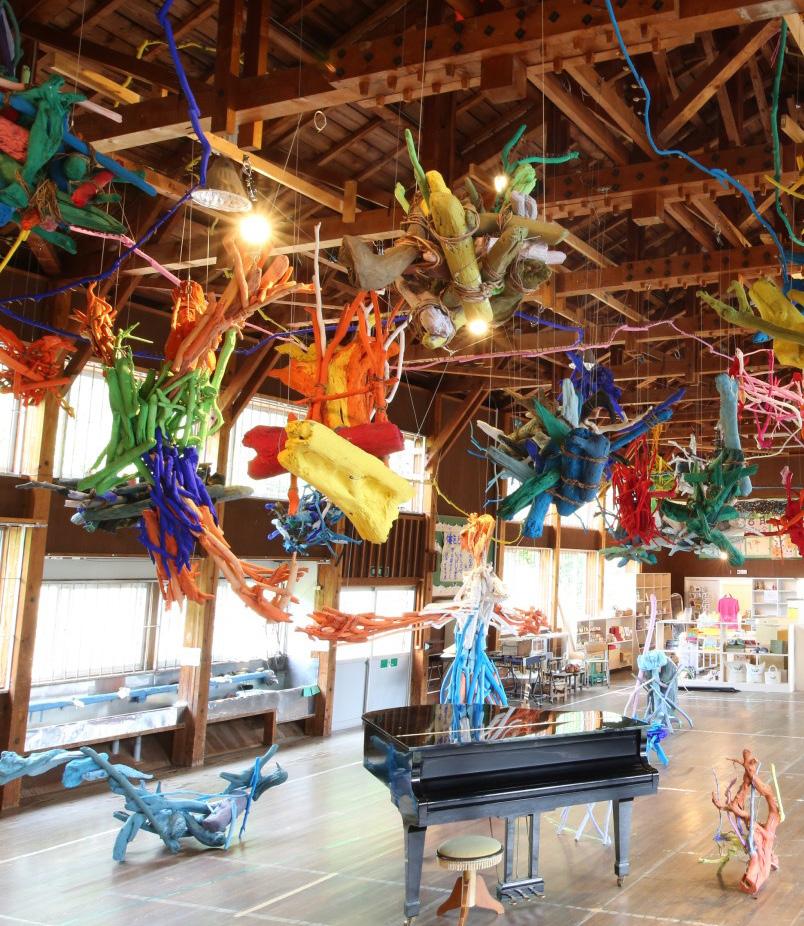
For Lots of Lost Windows
In the wake of the Chutetsu Earthquake, which struck Niigata in 2004, artist Akiko Utsumi attempted to turn the shared landscape of Echigo-Tsumari into a more personal, solitary experience. The result was this exhibit: a large window – complete with curtains fluttering in the breeze – frames the surrounding landscapes, giving visitors a new angle to appreciate the view. Utsumi wanted to create a canvas for the beautiful nature all around her, transforming it into something more intimate to the viewer, without disrupting the environment.
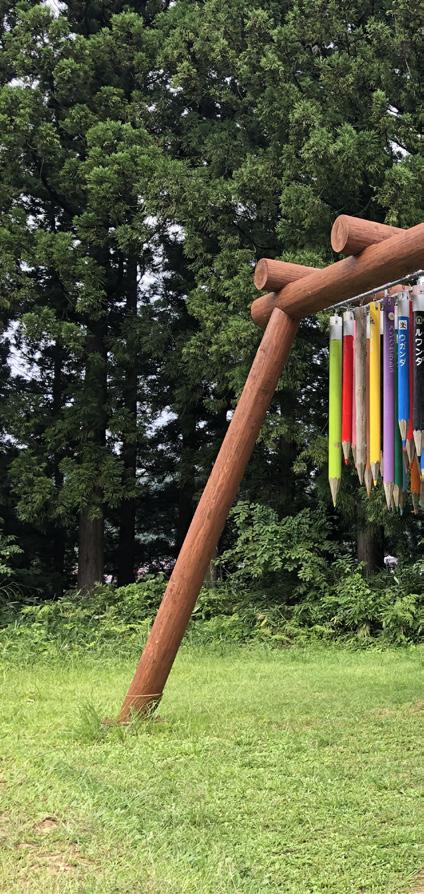
03
Hachi & Seizo Tashima Museum of Picture Book Art
An abandoned school becomes a rich new world at the Hachi & Seizo Tashima Museum of Picture Book Art. Artist Seizo Tashima has created surreal and interactive displays in the empty classrooms of Sanada Primary School, every installation constructed from Japanese natural materials, including slabs of driftwood and nuts. Many parts of the museum move, powered by water gathered from a locust-shaped bamboo fountain out the front.
05
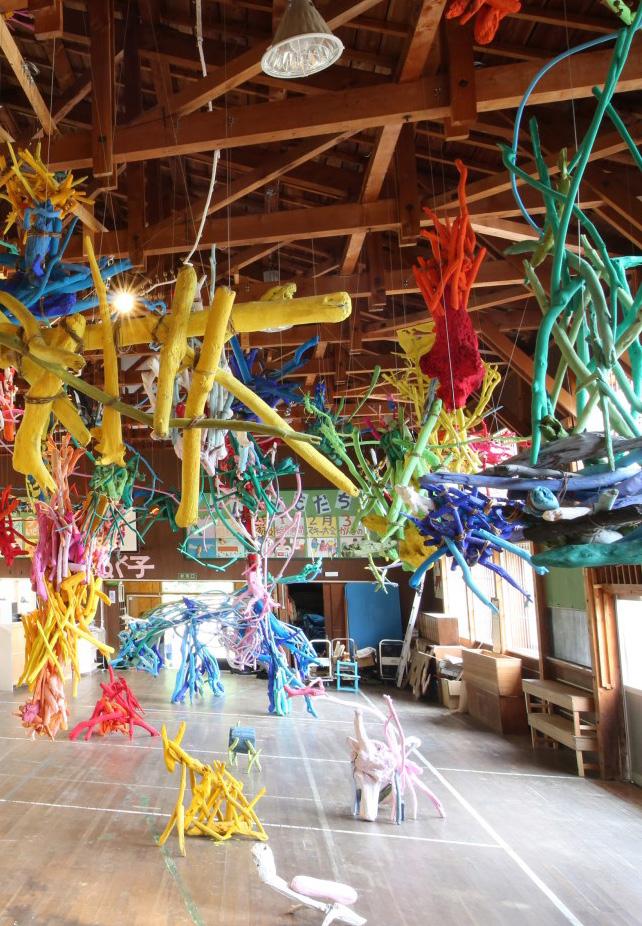
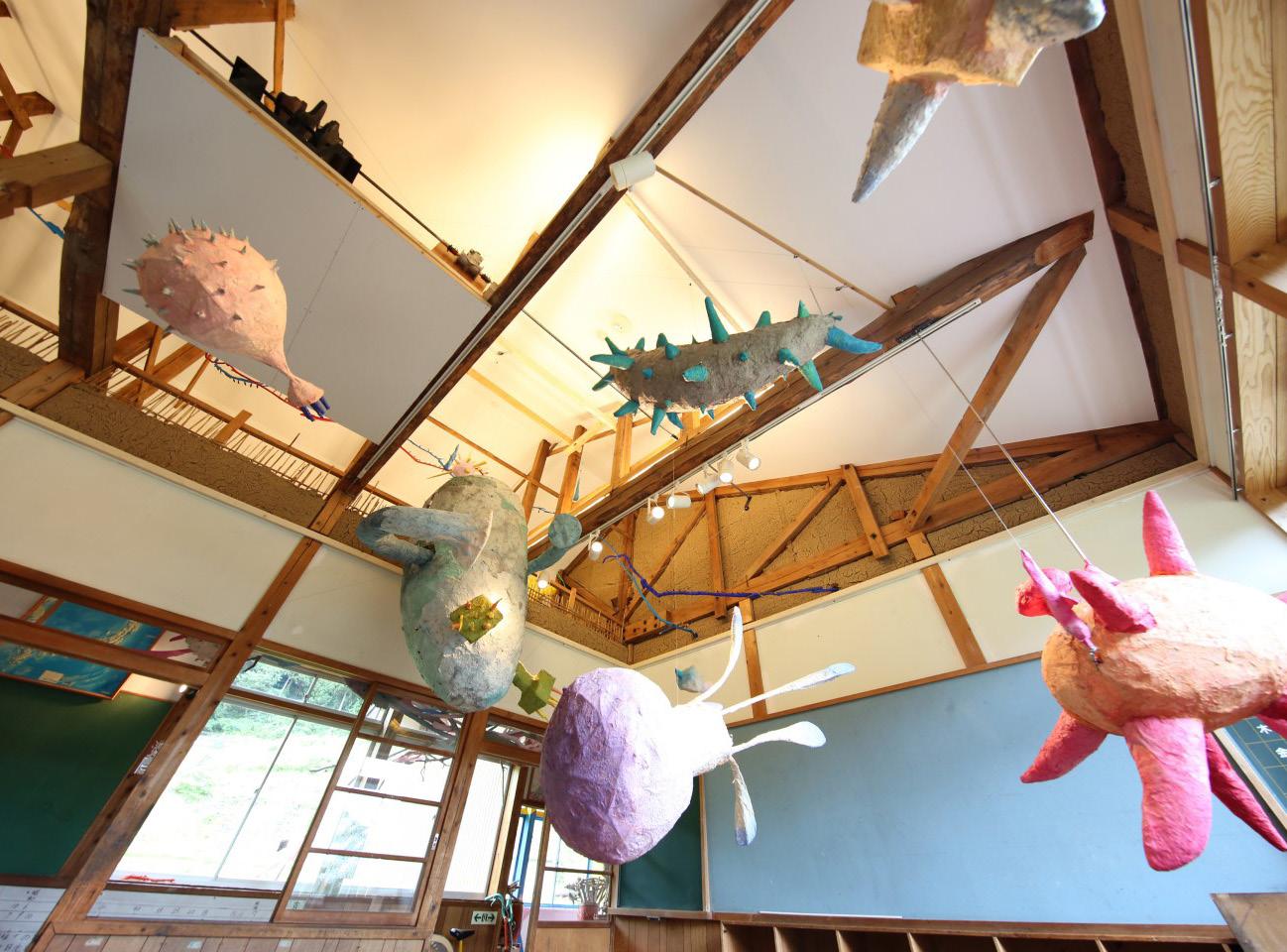
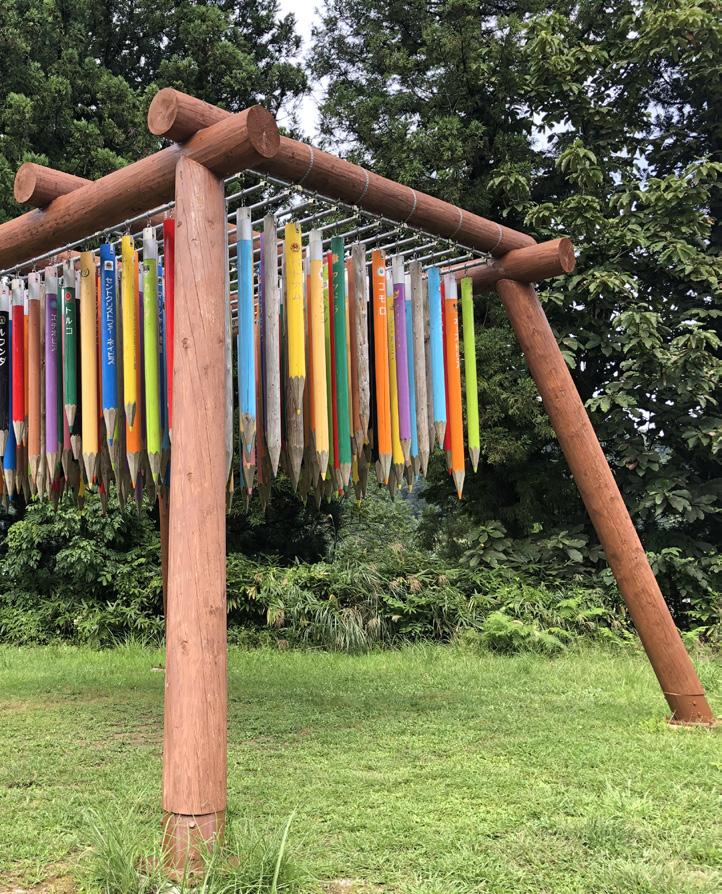
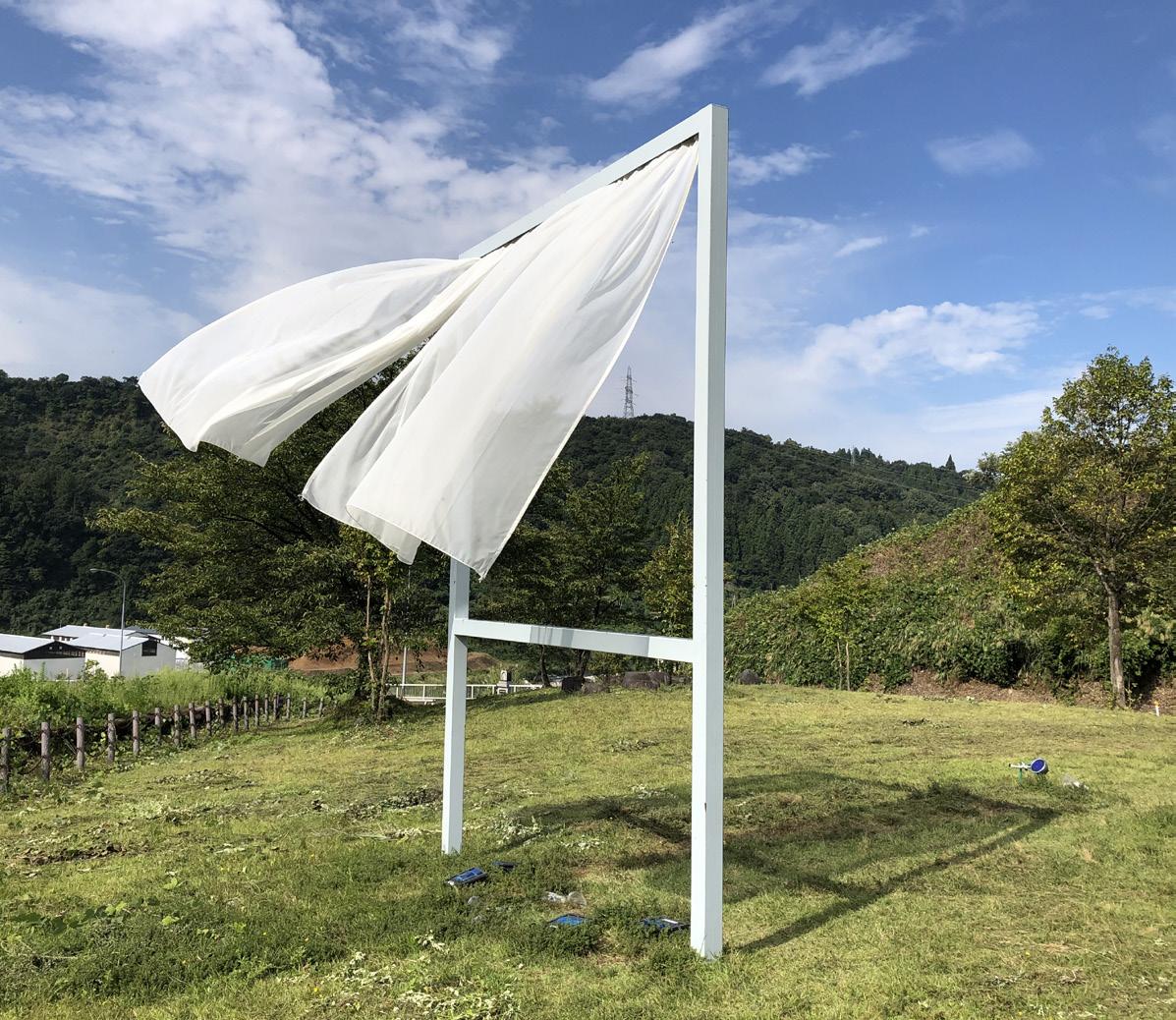
01 Bloom © Patrick St Michel 02 Tunnel of Light © Patrick St Michel 03, 04 Installations in the Hachi & Seizo Tashima Museum of Picture Book Art © Ishizuka Gentaro 05 Reverse City © Patrick St Michael 06 For Lots of Lost Windows © Patrick St Michael 07 Hoshitoge Rice Terrace © Ryosele/Shutterstock
04
06
Hoshitoge Rice Terrace
It’s thanks to these rice fields, nestled between mountains, that the area was named one of the 100 most beautiful villages in Japan. It’s memorable all year round, but especially photogenic between June and November when the fields fill with water and the sky above reflects off mirror-like surfaces. It’s also a showstopping space to watch the sun rise, even if you have to set your alarm to see it in all its glory. Think of this as nature’s artwork.
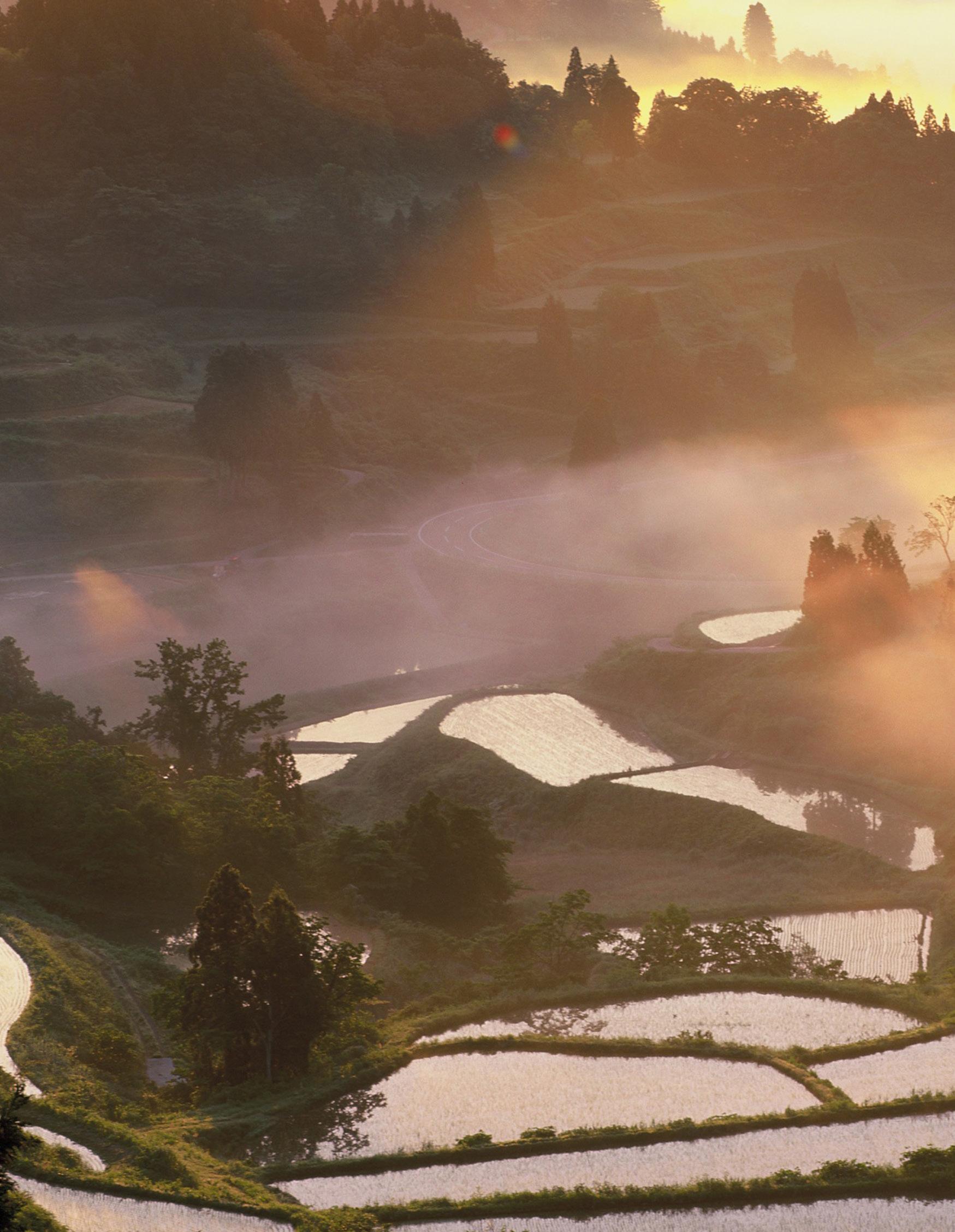
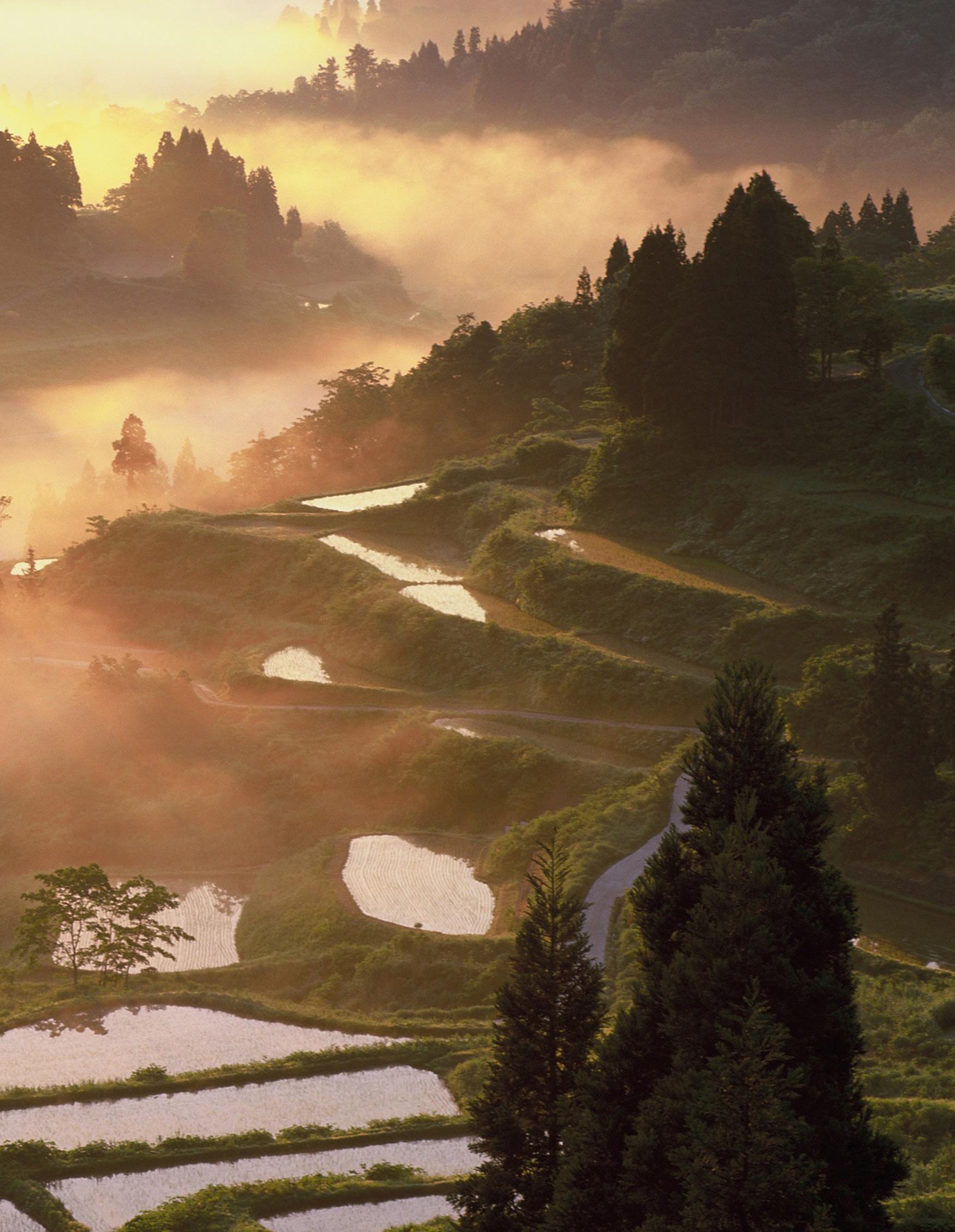
01
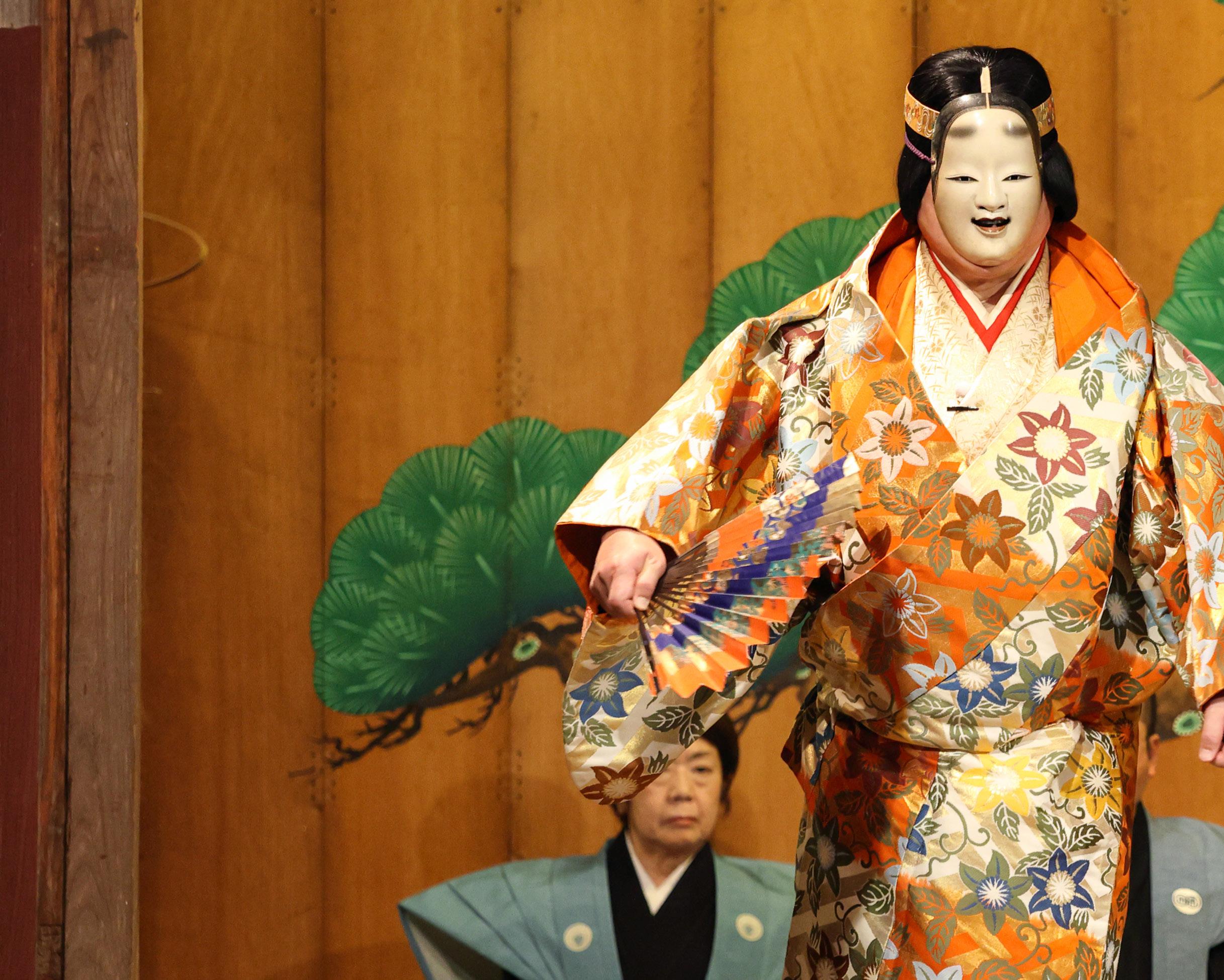
SADO FOR
Japan’s sixth-largest island lies just off the Niigata coast. From UNESCO-listed theatrical performances to eye-catching tub boats, here are eight reasons why you should add Sado to your next itinerary.




